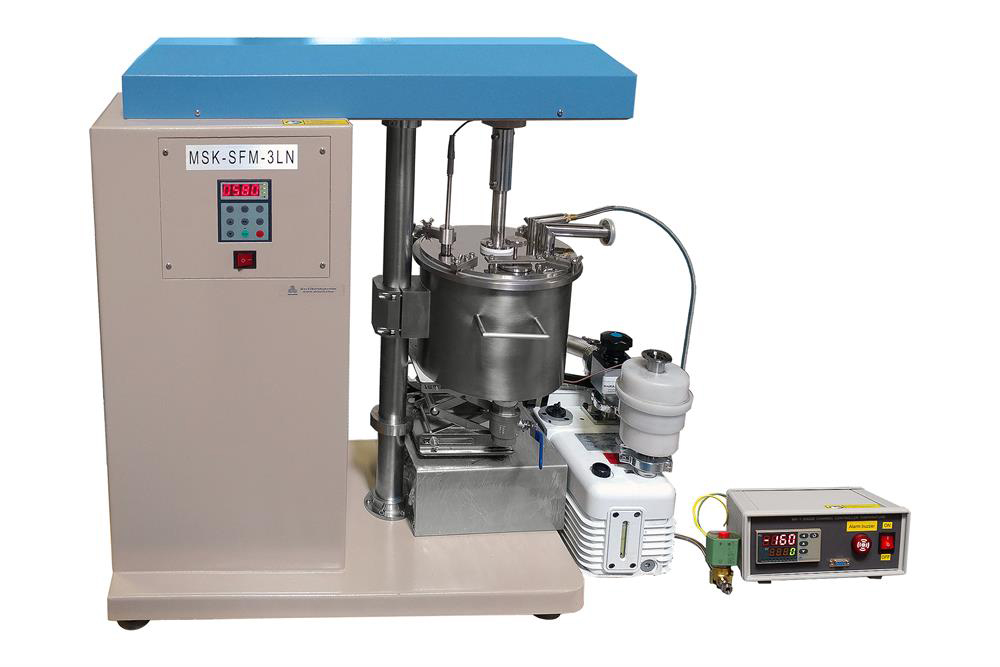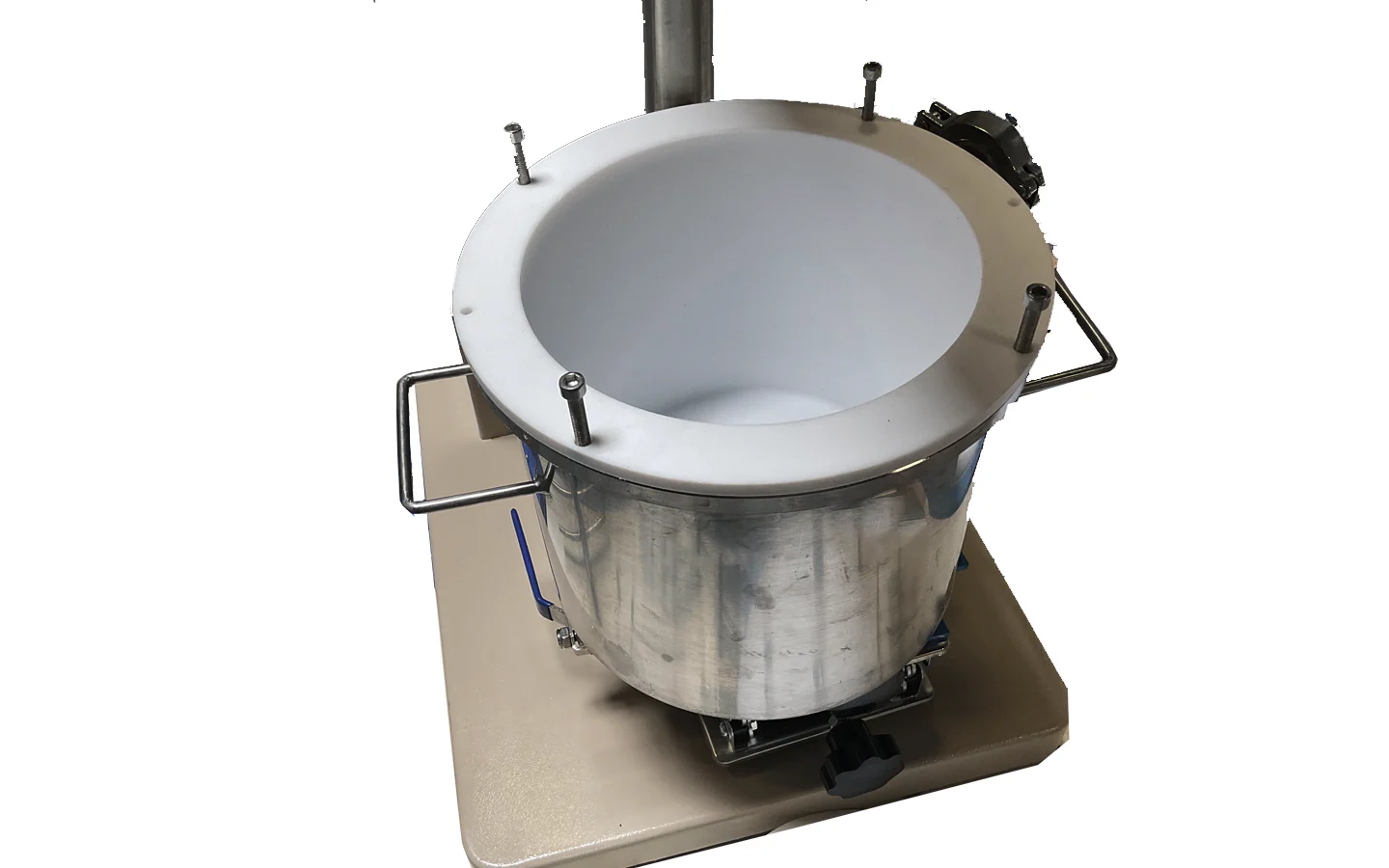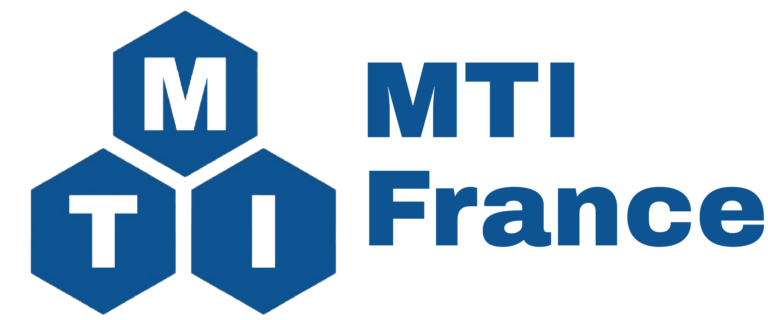Electronic waste (e-waste) is one of the fastest-growing global waste streams, with printed circuit boards (PCBs) posing a particular challenge due to their complex composition of metals, polymers, and ceramics. While high-grade PCBs are recycled for precious metals, low-grade mixed waste PCBs (WPCBs) often remain untreated, creating environmental and health risks.
A recent study, “The potential of valuable metal recovery from low-grade mixed waste printed circuit boards: Perspectives from mechanical preprocessing”, demonstrates how advanced cryogenic milling enables safer, more effective preprocessing of WPCBs for metal recovery.
Research Overview
- Problem: Random fragmentation and complex composition make low-grade WPCBs difficult to recycle.
- Objective: To evaluate how particle size and mechanical processing influence the recovery of valuable metals such as copper, aluminum, tin, barium, and lead.
- Approach:
- Two-stage comminution: coarse shredding followed by cryogenic milling.
- Analysis methods: SEM-EDS for surface composition and ICP for bulk quantification.
- Particles sieved into eight fractions (4 mm – 0.045 mm) for detailed study.
Key Findings
- Copper and aluminum concentrated in larger fractions (≥1 mm).
- Tin peaked around mid-size fractions (~0.5 mm).
- Barium increased in smaller fractions (≤0.1 mm).
- Lead was enriched in the finest fractions, underscoring the need for dust control.
- Milling time and particle size strongly influenced metal distributions, with ~2 hours identified as the optimal cryogenic milling duration.
- Non-target materials (polymers, ceramics, fiberglass) comprised over 66% of sub-millimeter fractions, impacting recovery economics.
- No single preprocessing method suits all metals; strategies must be size- and metal-specific.
The Role of the MSK-SFM-3LN Cryogenic Mill
The MSK-SFM-3LN cryogenic rotor mill was indispensable in enabling these results:
- Safe Processing: Operated at 0 °C with liquid nitrogen cooling, minimizing fine dust emissions and ensuring >99% mass retention for accurate analysis.
- Dust Containment: Ventilation bags on discharge and gas outlets captured hazardous airborne particles, including lead-containing dust.
- Efficient Liberation: At low temperatures, plastics and polymers became brittle and fractured easily, while metals remained ductile. This difference in mechanical behavior allowed clean separation of metals from polymer/ceramic matrices, which is far more difficult under conventional milling.
- Controlled Size Reduction: Produced uniform powders that could be precisely sieved into fractions, enabling detailed mapping of metal distributions.
- Operational Stability: Reduced equipment wear, maintained particle morphology, and ensured reproducibility across milling runs.
In short, the MSK-SFM-3LN provided the controlled, cryogenic conditions necessary to unlock accurate data on how metals distribute by particle size, while also protecting researchers and the environment.
Why It Matters
This work shows that cryogenic milling is not just a preprocessing step — it is a key enabler of reliable data and safe recovery strategies for low-grade e-waste. By exploiting the brittle–ductile contrast between plastics and metals, cryogenic processing makes metals more accessible while minimizing environmental risks. Technologies like the MSK-SFM-3LN therefore support scalable, sustainable approaches to electronic waste recycling.
Spotlight: MSK-SFM-3LN Cryogenic Mill

Temperature Range : Ambient to –160 °C
Container Capacity : 5 L stainless steel (SS304) chamber with vacuum thermal insulation
Chamber Dimensions : 210 mm I.D. x 180 mm Height
Liner Material : PTFE insert to minimize contamination and to be anti-corrosive

Maximum Feed Size : ≤ 20 mm
Minimum Final Particle Size : ~ 1 µm
Rotor Speed: 0 – 1 200 RPM (variable)
Maximum Media Load : Up to 3.5 kg (recommended ball size < 5 mm)
Motor Power : 1 250 W
Power Supply : 220 V AC, 50/60 Hz (110 V available on request)
Programmable Controls : Milling time, rotor speed, and rotation direction
Temperature Control : Automated LN₂ feed with integrated solenoid valve
To learn more about the MSK-SFM-3LN Cryogenic Mill, reach out to us at contact@accessr-energy.eu


